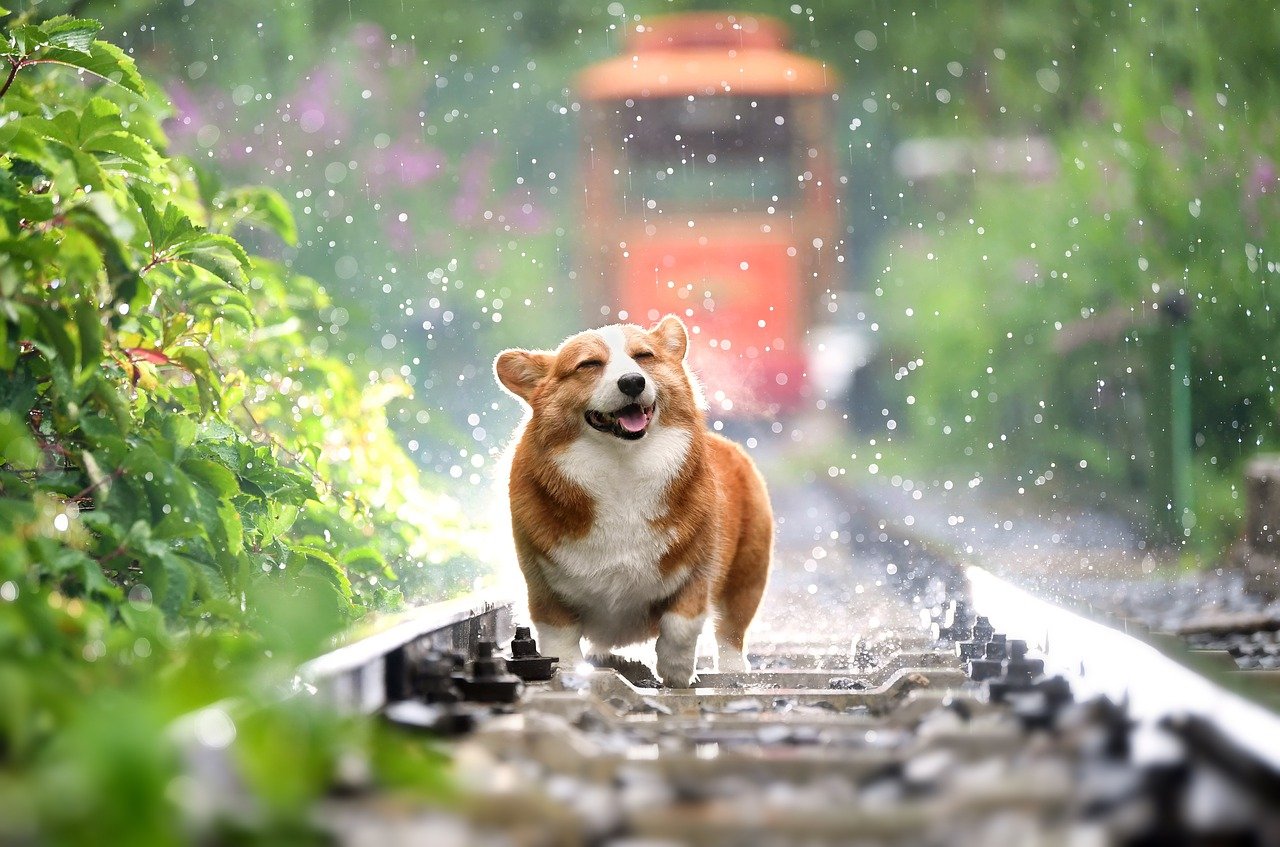4 Pet Photography Techniques and Tips
Estimated reading time: 4 minutes
Table of contents
You can’t afford to ignore the lucrative market of pet photography as an aspiring or established photographer. Annually, pet owners spend about $26 billion on various products and services, with photography being a growing market segment.
Pet photography, on the other hand, has its own set of difficulties. Color casts, which are unnatural hues reflected in the animal’s fur, can be a technical challenge. This is especially noticeable under the chin, which often appears as a pink beard.
Blown highlights caused by pet color combinations make determining the correct exposure difficult, TTL blinks caused by light-sensitive eyes and quick reflexes, and depth of field issues caused by variations in facial shapes are among the other issues. With fast-moving subjects, there are also shutter speed issues to consider. Then there’s the issue of dealing with a subject who doesn’t understand what you’re saying.
Set the mood

This necessitates more than just a good location; it also necessitates creative pet photography ideas. You’d like to come up with a concept. The connection between the owner and their best friend, for example, could be your concept. Take photos of the two playing together in the yard or of the owner with their arms around their pet to tell that story. Everyone who sees the picture will have a stronger emotional response if you tell a story about it.
Choose a location with the best light after you’ve created the concept. Pet portraits look better in bright, diffused light. Be aware of any flooring or objects that may cause color casts (e.g., a pink beard), but if this is impossible to avoid, good post-processing software can help.
Another suggestion is to clear the shooting area of clutter. Objects that don’t speak to your concept should be avoided in the portrait.
Adjust your attitude
You should move slowly, speak softly, and relax because the pet does not know you and you do not want a negative reaction. Take your time and learn everything you can about your subject. Animals are very good at detecting human emotions via a variety of communicative cues, according to research. As a result, you’ll want to put your best foot forward—figuratively speaking. A relaxed photographer with a positive facial expression will elicit a better response than one who is agitated and barking orders (pun intended).
Meet them where they are and appreciate them
You want to get down—or up—to the subject’s level. This may entail crawling around on the floor or climbing a tree, so stretch out first and practice taking photos in various positions and on the fly, as these subjects can move quickly. Meeting them on their level is also an excellent way to get them to participate.
Another suggestion is to “reward” the pet with something that piques his or her interest. Using a special toy or treat can assist in building the animal’s trust and liking for you.
Be prepared for technical challenges

Adjusting the shutter speed for fast-moving subjects, adjusting the exposure (usual underexposure is better) to avoid blown highlights, adjusting the aperture (wide for short snouts, stop down for longer faces), and turning off TTL metering to avoid TTL blinks are all examples of this.
While photographing pets can be difficult, it is a growing market that, with a few good tips and tricks, will make you a more patient and better photographer. Creating the right atmosphere, moving slowly, gaining the pet’s trust, and adjusting for potential technical challenges can all help you capture the perfect pet portrait, for which the owner will be eternally grateful!
Note: If you want to make some adjustments to the photo just let me know. I can do it for you at a very low cost. You can hire me to edit your photo.
LATEST POST
- Best web design companies in Trivandrum
 Rainx LLP, Oregon Technologies, Redwet Solutions, and Globify Digital Solutions are among the best web designing company in Trivandrum, specializing in website development.
Rainx LLP, Oregon Technologies, Redwet Solutions, and Globify Digital Solutions are among the best web designing company in Trivandrum, specializing in website development. - Create a Digital Business Card
 Craft a digital business card that showcases your unique brand and personality. It’s simple to share and easy to update whenever needed. Plus, you’ll benefit from a free domain, hosting, and effortless social media integration. Ideal for professionals in any field!
Craft a digital business card that showcases your unique brand and personality. It’s simple to share and easy to update whenever needed. Plus, you’ll benefit from a free domain, hosting, and effortless social media integration. Ideal for professionals in any field! - DeepSeek AI
 Explore the significant differences between DeepSeek AI and ChatGPT. Experience a more efficient and cost-effective AI solution tailored to your needs.
Explore the significant differences between DeepSeek AI and ChatGPT. Experience a more efficient and cost-effective AI solution tailored to your needs. - AI tools for resume building
 Explore the best AI tools for resume writing freely to create your professional resume to stand out in an interview.
Explore the best AI tools for resume writing freely to create your professional resume to stand out in an interview. - Answer Engine Optimization
 Discover the key differences between AEO and SEO. Learn how Answer Engine Optimization can boost your online presence when combined with SEO strategies.
Discover the key differences between AEO and SEO. Learn how Answer Engine Optimization can boost your online presence when combined with SEO strategies.







